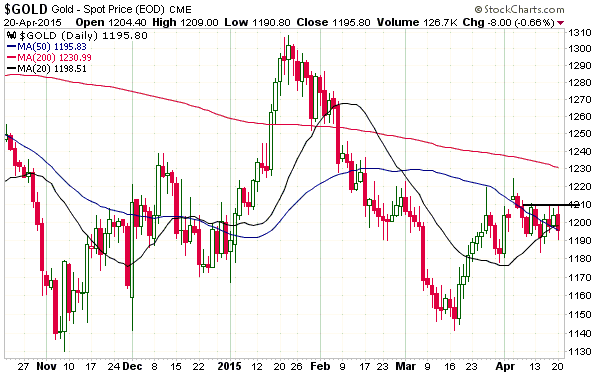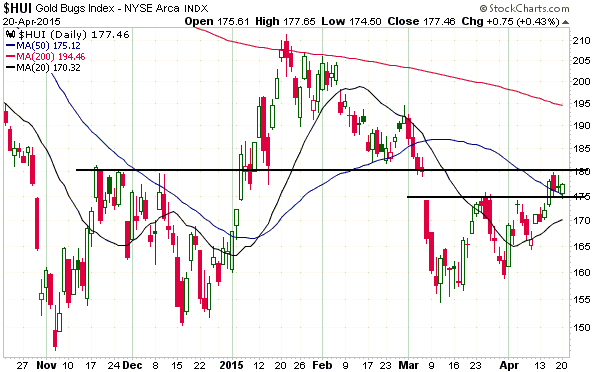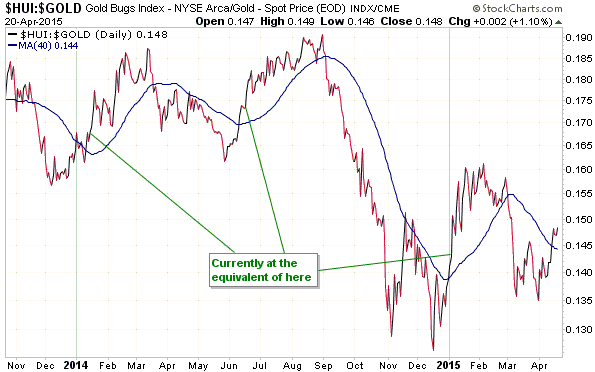A hedging program can make sense for a gold producer, but hedging is something that — with a small number of exceptions — gold producers should never do. This is not because there will always be a direct cost or an opportunity cost associated with any hedging program, it’s because gold producers are so damn bad at it.
In order to optimise cash flow and make short-term financial performance more predictable, it will generally make sense for a gold producer to forward-sell some of its future production, either via a bullion bank or the futures market, after a run-up in the gold price to near a 6-month high. Provided that the total amount forward sold never exceeds more than half of the next 12 months of production, this type of hedging program would always smooth cash flows and would often increase cash flows. It would create an opportunity cost in a very strong gold market, but the cost would not be substantial because all production beyond the coming 12 months would remain unhedged.
However, gold-mining executives have proved over and over again that when it comes to the timing of their hedging moves, they are the proverbial dumb money. They get scared and put hedges in place following a large price decline and then get pressured into removing the hedges at great cost following a large price rise.
In other words, rather than locking-in relatively high prices for a portion of future production by hedging when the market is ‘overbought’, if they hedge at all it is usually when the market is ‘oversold’. Consequently, their hedges tend to lock-in relatively low prices for a portion of future production.
And it’s not just the hedging of future sales that gold-mining executives routinely make a mess of. They are usually just as bad when it comes to hedging their costs. For one example, Barrick Gold chose to mitigate the risk of future gains in the oil price by purchasing some oil production, the idea being that what its gold-mining business lost due to a higher oil price would be partially offset by increased profits from the oil business. The problem is that it made the purchase in mid-2008 — right at the secular peak for the oil price. For another example, the senior management of Gold Fields (GFI) implemented a hedging program covering the bulk of the company’s oil exposure through to the end of 2015. The problem is that the program was put into place just prior to last year’s oil price crash and therefore prevents GFI shareholders from obtaining any benefit from the lower oil price this year.
When trading or investing it is of vital importance to acknowledge your own weaknesses. For example, there is no shame in being a poor short-term trader provided that in recognition of this reality you risk very little money on short-term trades. Gold mining executives should acknowledge that they are hopeless at hedging and should stop trying to do it.
 Print This Post
Print This Post




